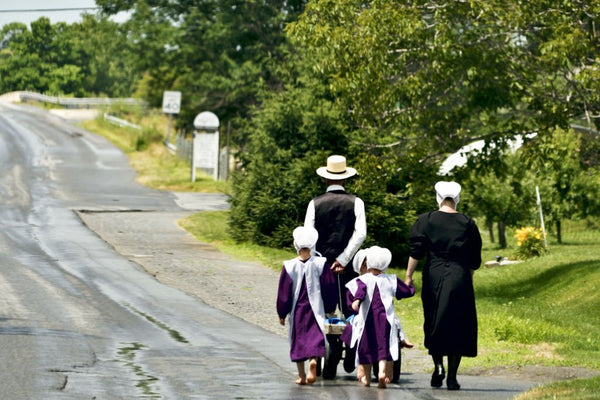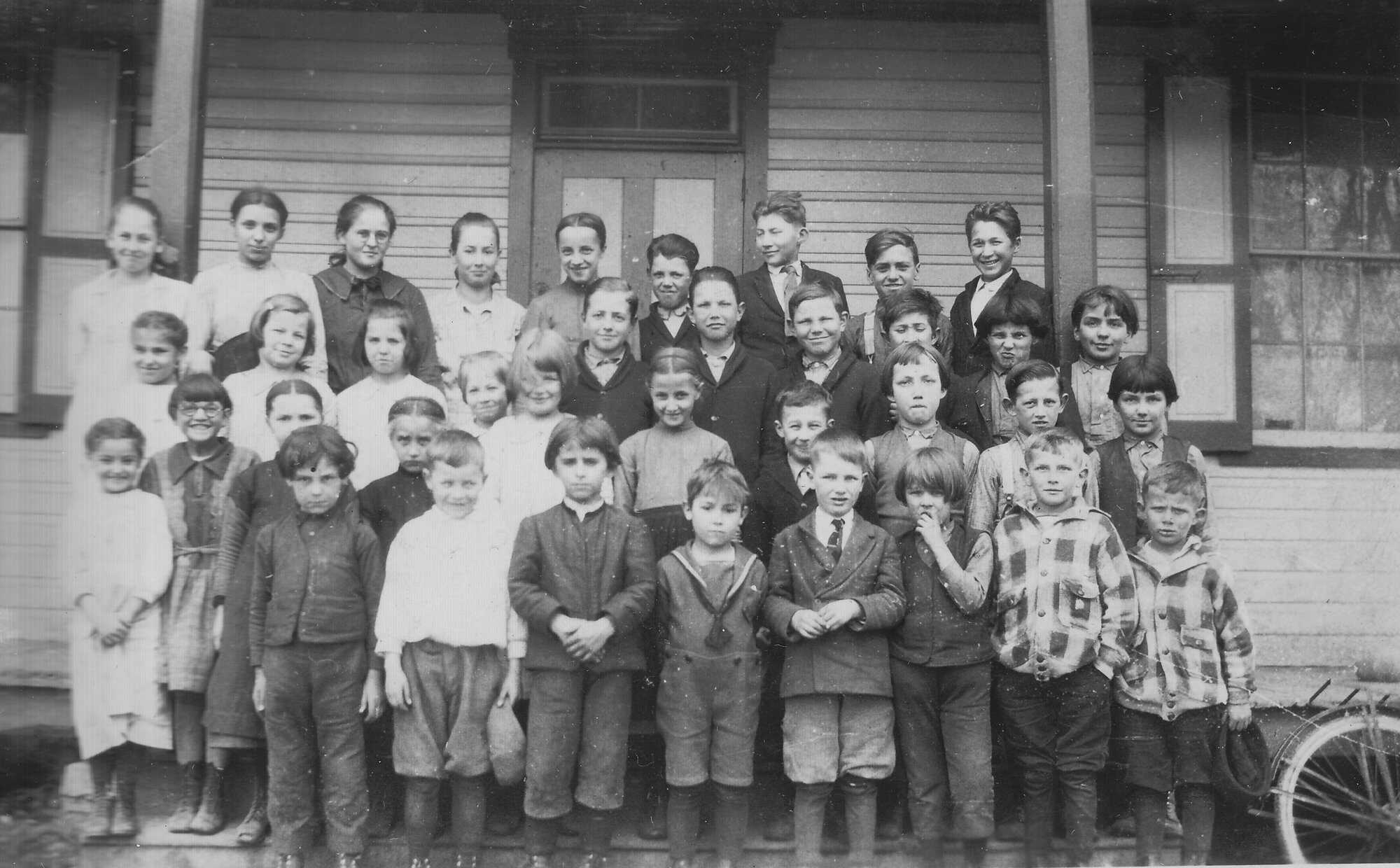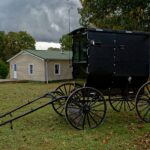Top Amish Historical Milestones
The Amish are often seen as a people set apart—living simply, guided by deep religious values, and largely unaffected by the modern world. But behind this way of life is a long, complex story rooted in conviction, migration, and resilience. These top Amish historical milestones reveal how the Amish came to be who they are today. Each turning point helped define their beliefs, culture, and separation from mainstream society.
1. The Anabaptist Movement Begins (1525)
The story of the Amish starts in the early 16th century in Europe during the Protestant Reformation. While reformers like Martin Luther broke from the Catholic Church, a more radical group called the Anabaptists went further.
Why It Matters:
- They rejected infant baptism, promoting adult, conscious commitment to faith.
- They believed in nonviolence, community living, and separation from the state.
- Anabaptists faced brutal persecution—many were imprisoned or martyred for their beliefs.
This foundational movement planted the seeds for Amish, Mennonite, and Hutterite traditions.
2. Jacob Ammann Leads a Church Split (1693)
One of the most significant Amish milestones came when Jacob Ammann, a Swiss Anabaptist preacher, broke away from the Mennonites over differences in church discipline and lifestyle.
Key Issues in the Split:
- Ammann wanted stricter rules regarding shunning (Meidung).
- He insisted on uniformity in dress and behavior.
- His followers became known as the Amish, named after him.
This split was not just about doctrine—it marked the start of a distinct Amish identity that focused on humility, obedience, and separation from the world.
3. First Amish Migrate to Pennsylvania (Early 1700s)
Facing continued religious persecution and limited freedom in Europe, Amish families began migrating to North America, especially to Pennsylvania, which offered religious tolerance under William Penn.
Historical Impact:
- The Amish found fertile farmland and religious freedom.
- Communities formed in Lancaster County, still one of the largest Amish regions today.
- Migration allowed them to preserve their faith and build close-knit communities.
This migration set the stage for the Amish presence in the U.S., which has only grown stronger over time.
4. Establishment of the Ordnung (1700s–1800s)
The Ordnung, or church order, began developing as Amish settlements grew. Though unwritten, it became a central part of Amish life, governing behavior, dress, and technology.
Why It’s a Milestone:
- It gave each district a set of shared expectations based on biblical interpretation.
- The Ordnung became the guiding force behind Amish tradition and unity.
- It allows for flexibility between communities while keeping core values intact.
Without the Ordnung, the Amish might have lost their cultural and spiritual identity over time.
5. Expansion to Ohio, Indiana, and Beyond (1800s)
As land in Pennsylvania became scarce, Amish families moved westward to Ohio, Indiana, Illinois, and eventually into the Midwest and Canada.
Significance:
- These moves ensured the growth and survival of the Amish population.
- Ohio, particularly Holmes County, is now home to the largest Amish community in the world.
- New communities allowed for cultural diversity within Amish traditions.
Each migration helped reinforce their values while adapting to new environments.

6. Amish School Controversy and Supreme Court Victory (1972)
In the mid-20th century, conflicts arose between Amish families and U.S. education laws requiring attendance through high school. The Amish argued this violated their religious principles.
Major Event:
- The case Wisconsin v. Yoder (1972) reached the Supreme Court.
- The court ruled in favor of the Amish, allowing them to end formal education after 8th grade.
- This decision became a landmark case for religious freedom in the U.S..
This legal victory ensured Amish families could continue educating children in ways that support their values and lifestyle.
7. Formation of the Beachy Amish Mennonites (1927)
Not all Amish groups remained unified over time. In 1927, Moses M. Beachy, an Amish bishop in Pennsylvania, led a more progressive split, resulting in the Beachy Amish Mennonite group.
Key Differences:
- Allowed for greater use of technology, including cars.
- Focused more on missionary work and Bible study.
- Retained many Amish traditions but with less rigid discipline.
This split revealed the diversity and adaptability within the broader Amish and Anabaptist tradition.
8. Growing Interest and Tourism (Late 1900s–Present)
In recent decades, public interest in the Amish way of life has soared. Amish communities have become popular tourist destinations, especially in Pennsylvania, Ohio, and Indiana.
Cultural Impact:
- Increased tourism brought economic benefits but also challenges.
- Amish communities have worked to balance privacy and curiosity.
- Media exposure has led to greater awareness and sometimes misunderstanding.
Despite increased attention, most Amish continue to avoid modern media and maintain traditional boundaries.
9. Continued Migration to New Regions (2000s–Today)
As Amish populations grow, families continue moving to less crowded, rural areas across the U.S.—including Missouri, Kentucky, Tennessee, and even parts of Canada and Latin America.
Why It Matters:
- Migration helps preserve land-based lifestyles.
- New communities maintain core traditions while adapting to local conditions.
- It reflects the ongoing vitality of Amish culture in the 21st century.
The Amish population has more than doubled since 2000, showing that their traditions remain strong and appealing to younger generations.
Final Thoughts
From European persecution to Supreme Court victories and modern migrations, these top Amish historical milestones tell a story of endurance, faith, and community. Each event helped shape a people who continue to live by principles that many have long abandoned—simplicity, humility, and devotion.
Understanding these key moments provides more than just historical facts—it offers a window into the heart of a culture that has resisted the pull of modernity for centuries, and continues to thrive quietly, faithfully, and intentionally.



